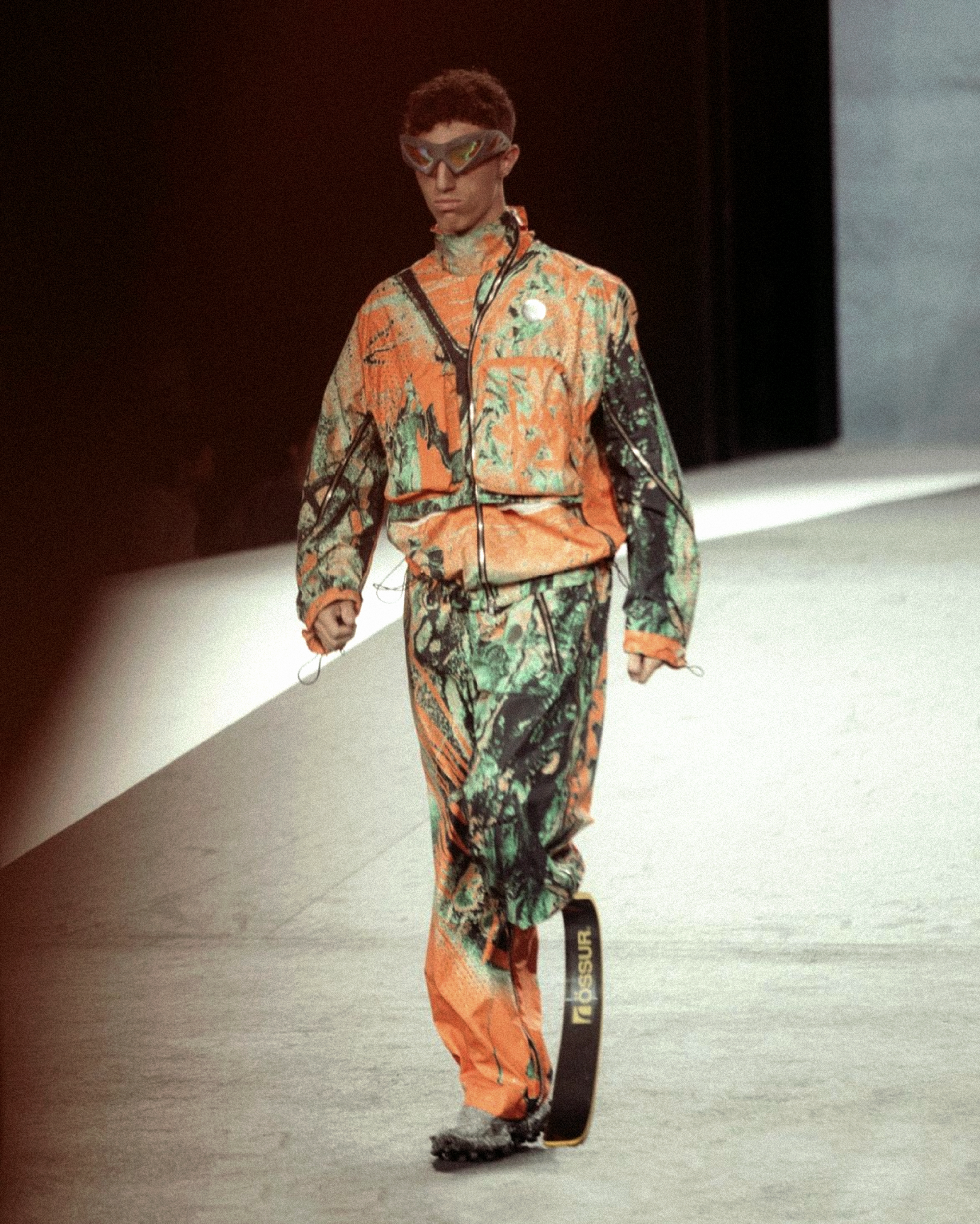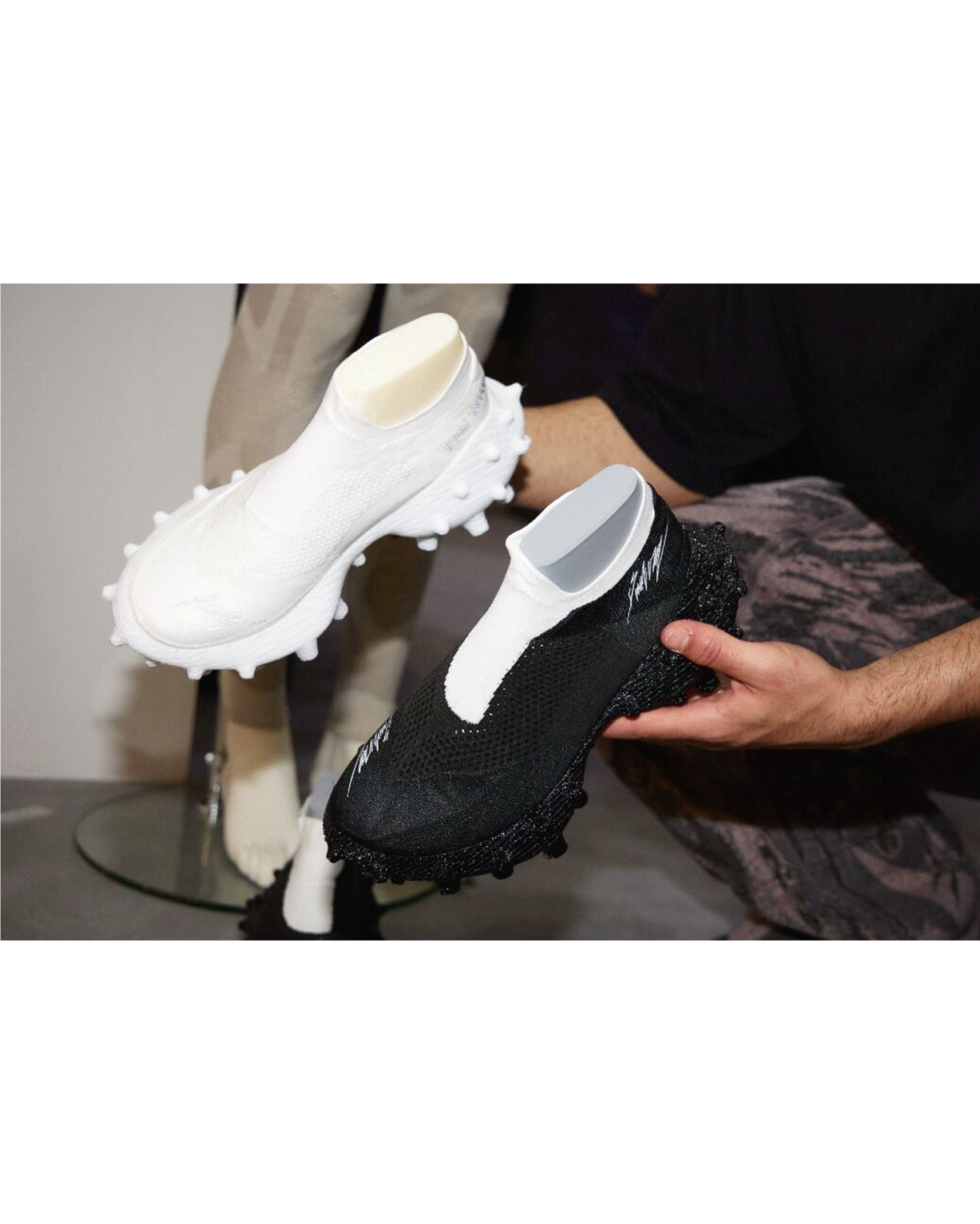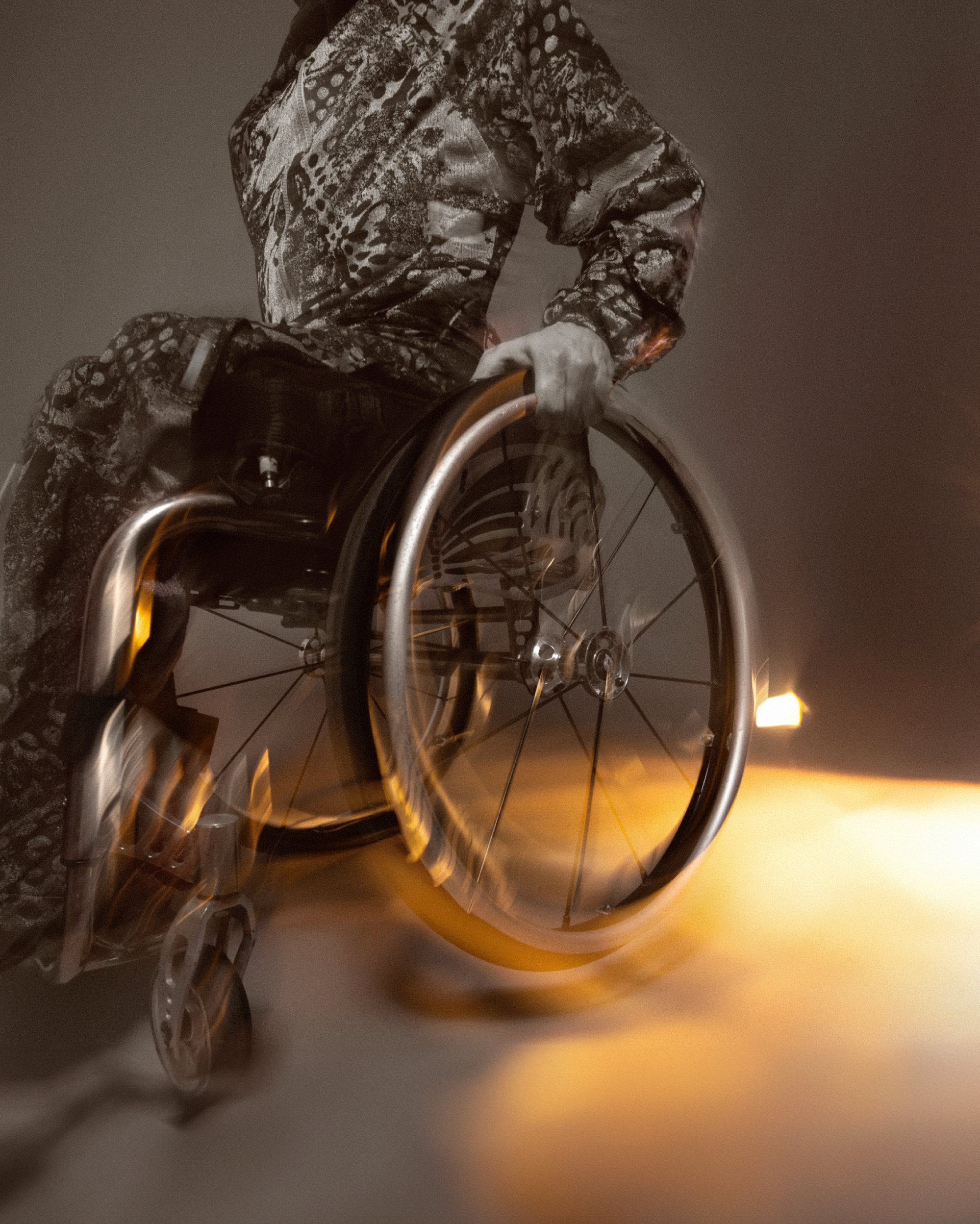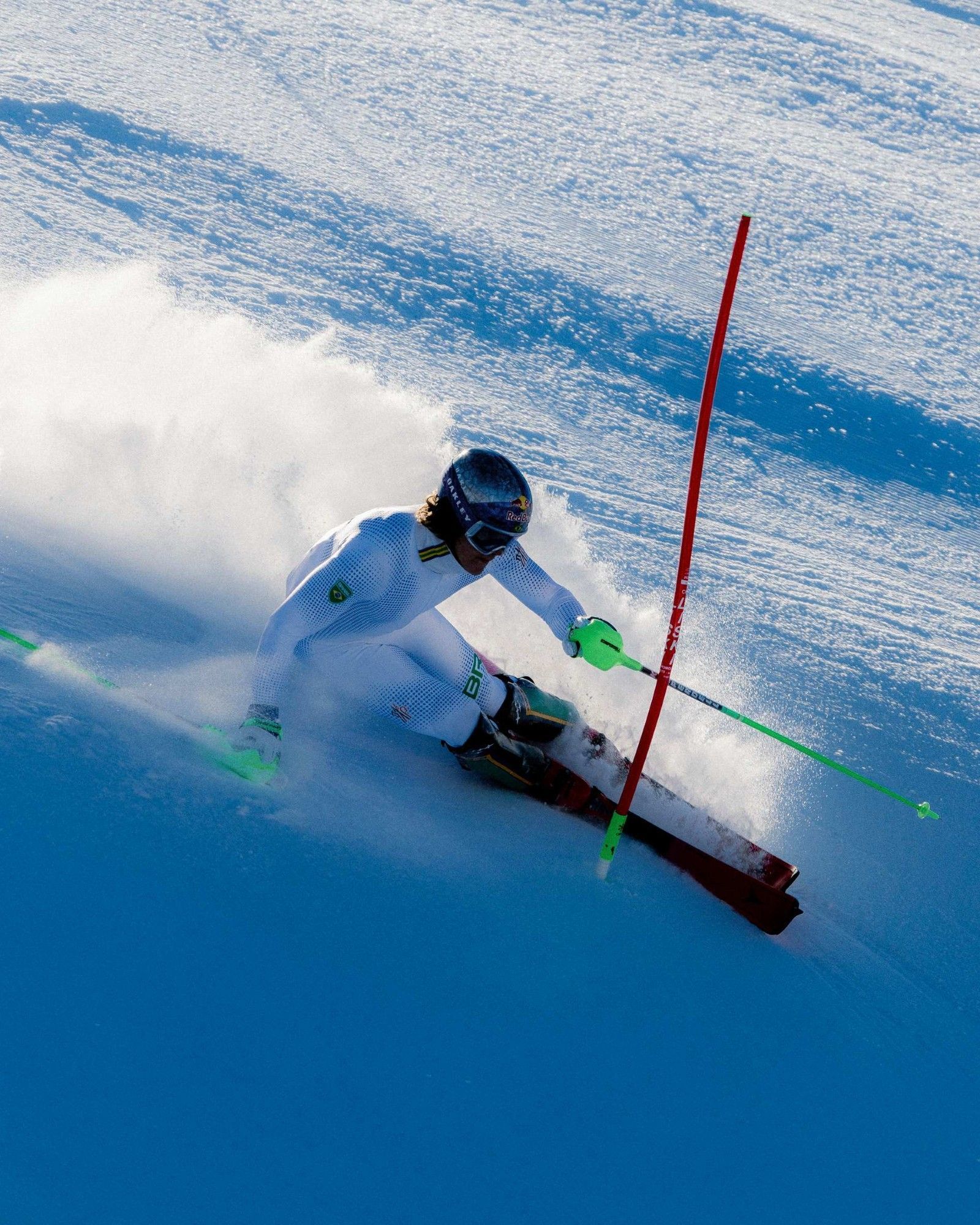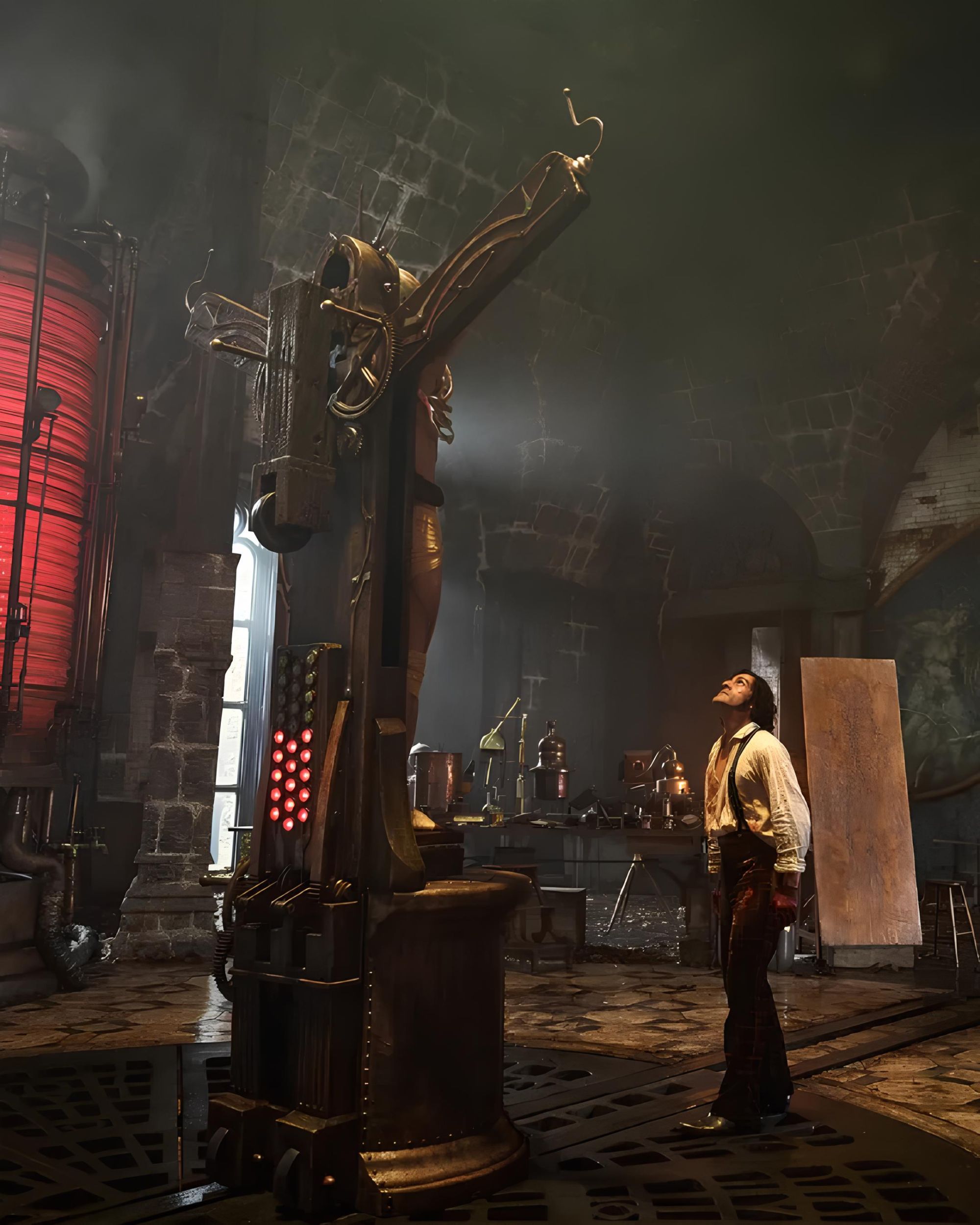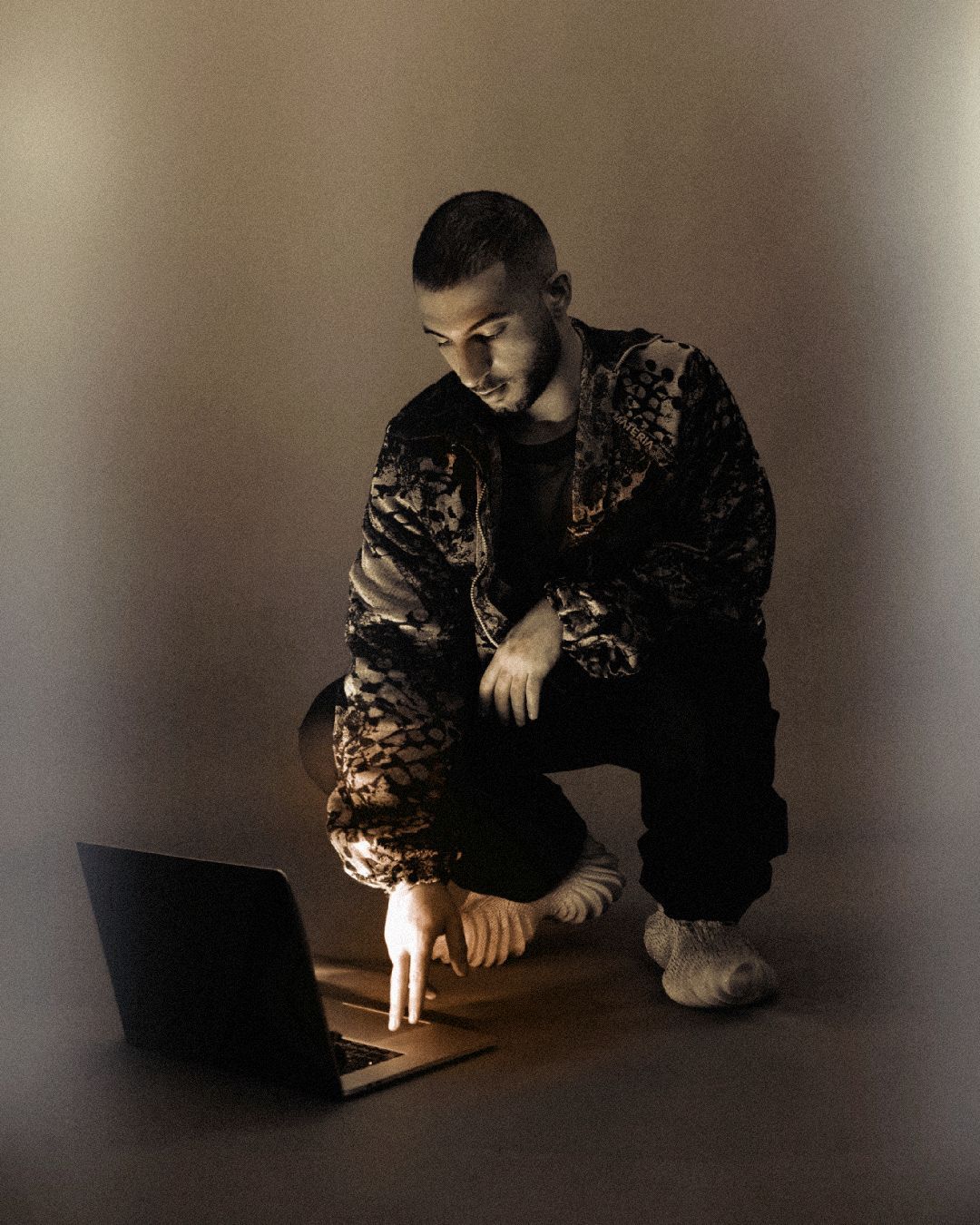
Do designers still need to be able to draw? We asked creatives from the style offices of Moncler and Coperni
Except for rare cases where the creative director invites the entire design team on stage, at the end of a fashion show, he is the only one receiving the applause—a creative mind tasked with rewriting a brand's vision, though not necessarily required to put pen to paper. Although fashion has become one of the media’s favorite topics, countless professions remain hidden behind the curtain of Fashion Week, including teams of designers who contribute to the creation of new collections. These are not creative directors but genuine design experts. As recent shows suggest, technology has now outpaced manual skills, partly because tools like artificial intelligence make work easier (and more exciting) and partly because, at times, it seems everything in fashion has already been invented. As Francesco Saverio Matera, a footwear designer at Moncler, and Paula Villena, head of design accessories at Coperni, explain, working for cutting-edge brands requires exceptional preparation, including constant attention to the latest updates in the technologies used in ateliers. But what’s the point of learning to draw if a computer can now do it for you?
Francesco Saverio Matera began working for Moncler last year, just a few months after earning his Fashion Design degree from IED in Milan. Having noticed the projects Matera developed for Materia—a functional, inclusive, and sustainable fashion brand he founded at university for people with motor impairments and disabilities—Moncler’s footwear creative director contacted him on Instagram and LinkedIn before inviting him to collaborate with the brand. «I’ve always maintained my own style,» says Matera, «focusing on market research, trends, initial sketches, and renders.» Changes in the creative direction of Moncler's footwear section led the team to a more direct use of artificial intelligence tools, Matera explains. However, due to their creative limitations, these tools are still used sparingly. «They’re only there to provide extra input; it's a great way to speed up the process, but you can't rely on it alone,» he says, dismissing many of the assumptions often made about AI. «You still need strong foundational skills; you need to know how to draw. AI alone won't get you anywhere.» For Paula Villena, head of design accessories at Coperni, keeping «the craftsman’s attention to detail» is also essential for her work. Coperni focuses heavily on technological research, with projects ranging from 3D printing to developing new materials like the Swipe Swipe of SS25, made from platinum-cured recyclable silicone. Still, knowing how to draw and having a deep understanding of fashion history remain fundamental prerequisites for the brand's design office. «Renderings are fast and precise, but old-school skills should be kept for research,» says Villena, stressing that AI tools often homogenize instead of creating something new. «Collections are so similar to one another now, if you don’t dive into books you will most probably get the same algorithm as everyone else.»
The two designers share that they landed in their design offices thanks to the diversification of their portfolios, as in an industry increasingly tied to social media and less to creativity, the only way to stand out is to make your work unique and transcend trends. To aspiring designers, Villena and Matera advise not only staying up to date with current technical tools but also developing a solid portfolio full of projects that best showcase their skills. «IED helped me a lot, but you can’t rely only on academic studies,» says Matera. «I learned a lot by starting to work at 19.» For Villena, diversifying her portfolio was also crucial to making her mark in the industry and eventually landing her designs on Coperni’s desks. «I’ve always kept myself busy,» she says, recalling how she never stopped working on personal projects even between internships, after moving from Madrid to London to study fashion. «Master's degrees are overrated. Work on aesthetics, on technique, and try to achieve a 360 vision of what a strong profile and portfolio is today,» she advises.
With fashion schools producing hundreds of graduates each year, young creatives aiming to work as designers for brands need to perfect their portfolios and deepen their technical skills. Full-time positions in design offices are few, Matera points out, who works with only two colleagues in Moncler's footwear atelier. Besides «finding your specialty,» the designer recommends, «showcasing your projects, not just the academic ones, on LinkedIn and other social media.» But don't get carried away, Villena warns: «We work in an industry that's completely oversaturated. Keep yourself grounded and have a critic eye towards your own work. Be kind and get a broad knowledge on current social aspects of the world we live in, the environmental crises and other topics touching the core of the industry we chose.» In short, roll up your sleeves; the confidence you're looking for won’t come from artificial intelligence but from hard work.










































